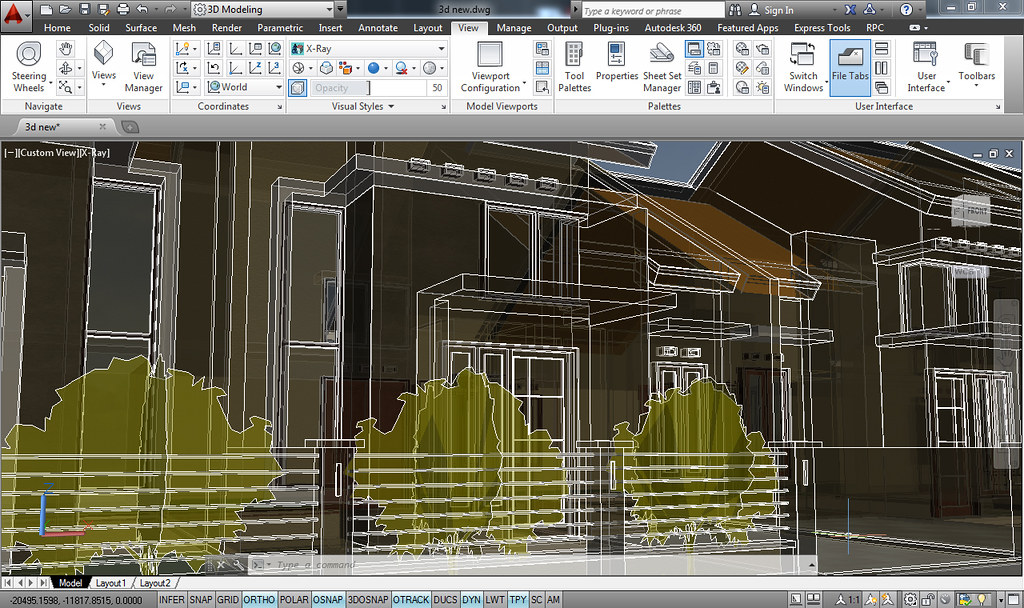 Thanks to 3D rendering technology, the effect of interior design and home staging has changed completely. Using this novel method, both designers and real estate agents can render spaces that look like photographs.
Thanks to 3D rendering technology, the effect of interior design and home staging has changed completely. Using this novel method, both designers and real estate agents can render spaces that look like photographs.
They provide clients with the support they need to make informed decisions about their living spaces, break down virtual walkthroughs, and create highly detailed visualizations. But how does 3D rendering technology seem to revolutionize interior design and home staging seamlessly and quickly? Let’s find out.
Cost-Effective Solutions
Home staging originally involved a deep investment in furniture and decor accessories. Digital staging reduces these expenses by reproducing spaces furnished through virtual representations. Storage, transportation, and furniture rental fees are savings for property owners.
Then, designers can present a few different looks for one item without needing to purchase anything else. Instead of replacing it with physical things, changes, and adjustments are made with a few clicks. Due to the cost savings, professional design services become a role for a large number of clients.
Improve Client Communication
Digital renderings enable clients to imagine the finished result before physical change happens. Designers deliver enriched visual assets that leave little room for complains.
Clients can ask for changes even early to get it right and not waste money. They can work with technology designers in real-time at different locations. Succinct visual communication creates confidence and is crucial in making a client happy during the process of designing.
Time-Efficient Design Process
Earlier design presentations required effort to deliver ideas, using several physical samples and mood boards. Replacement rendering tools offer room 3D visualizations in no time.
It allows designers to quickly try out new layouts, colors, and furniture arrangements with the help of drafting tools. The streamlined procedure permits professionals to do many more endeavors simultaneously. Fast on-market times (help properties get listed faster in real estate markets.
Marketing Advantage
3D high-quality renders deliver beautiful marketing materials that will attract the audience when they browse online or print them. Empty properties in competitive real estate listings look better with virtual staging.
Properties can be viewed remotely, and consumers theoretically make informed choices well ahead of time compared to those in a person-to-person experience. It ensures improved marketing return on investment with photorealistic space visualizations. Also, increased social media engagement enables awesome rendered designs.
Sustainable Virtual Rendering
Using realistic renderings, the client will see the options for sustainable materials and an eco-system. It facilitates green buildings by making detailed designs and planning for energy-efficient buildings. Rendering also minimizes paper wastage and carbon emissions from the transportation of physical presentation boards.
Conclusion
Fusing 3D rendering into interior design is a major shift within industry practices. This technology offers a lower-cost alternative for design services, is more scalable, and is eco-friendly.
This completely new method for designing visual space between designers and clients is making all the difference! Take a look at the way technology-driven interior design is evolving.






